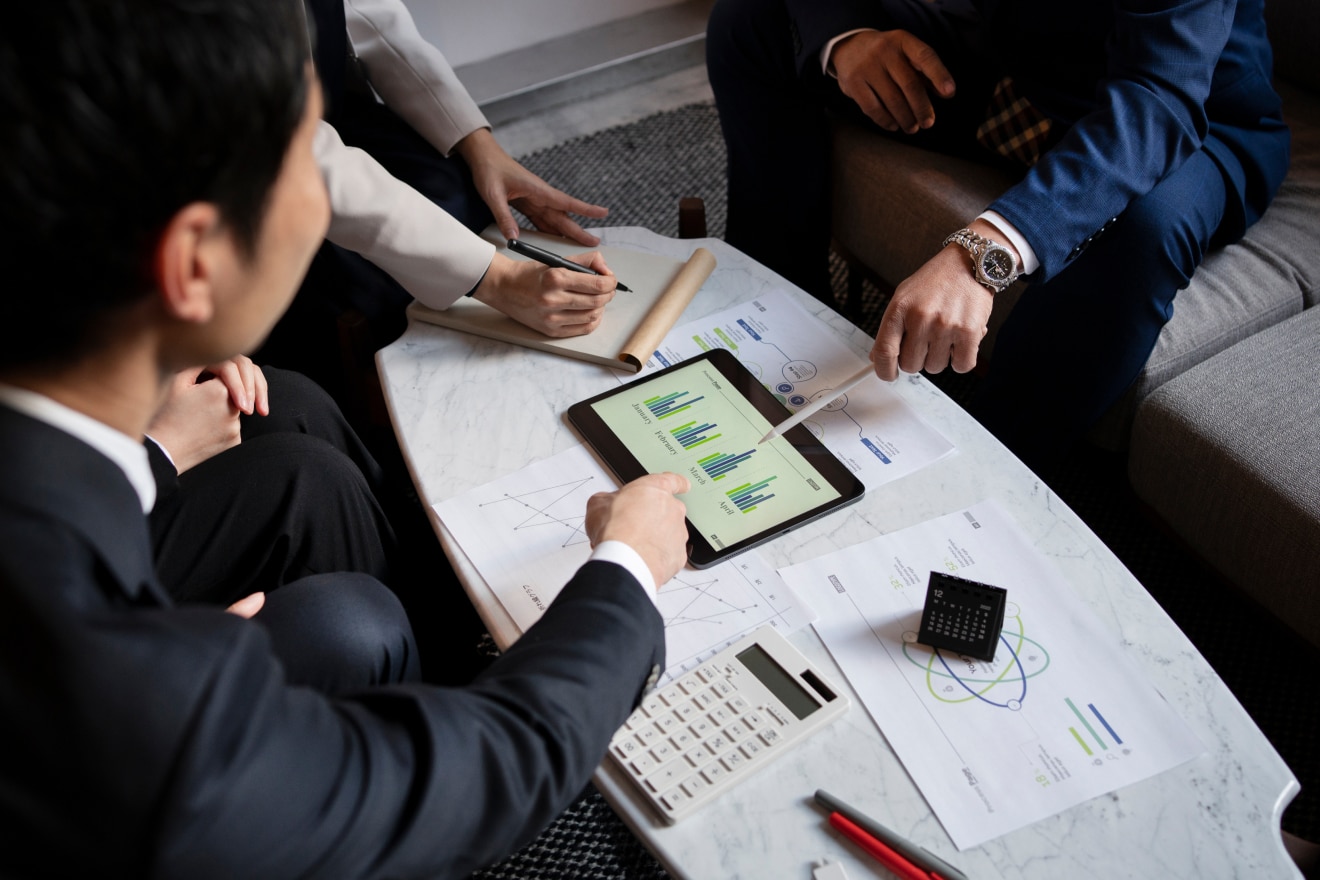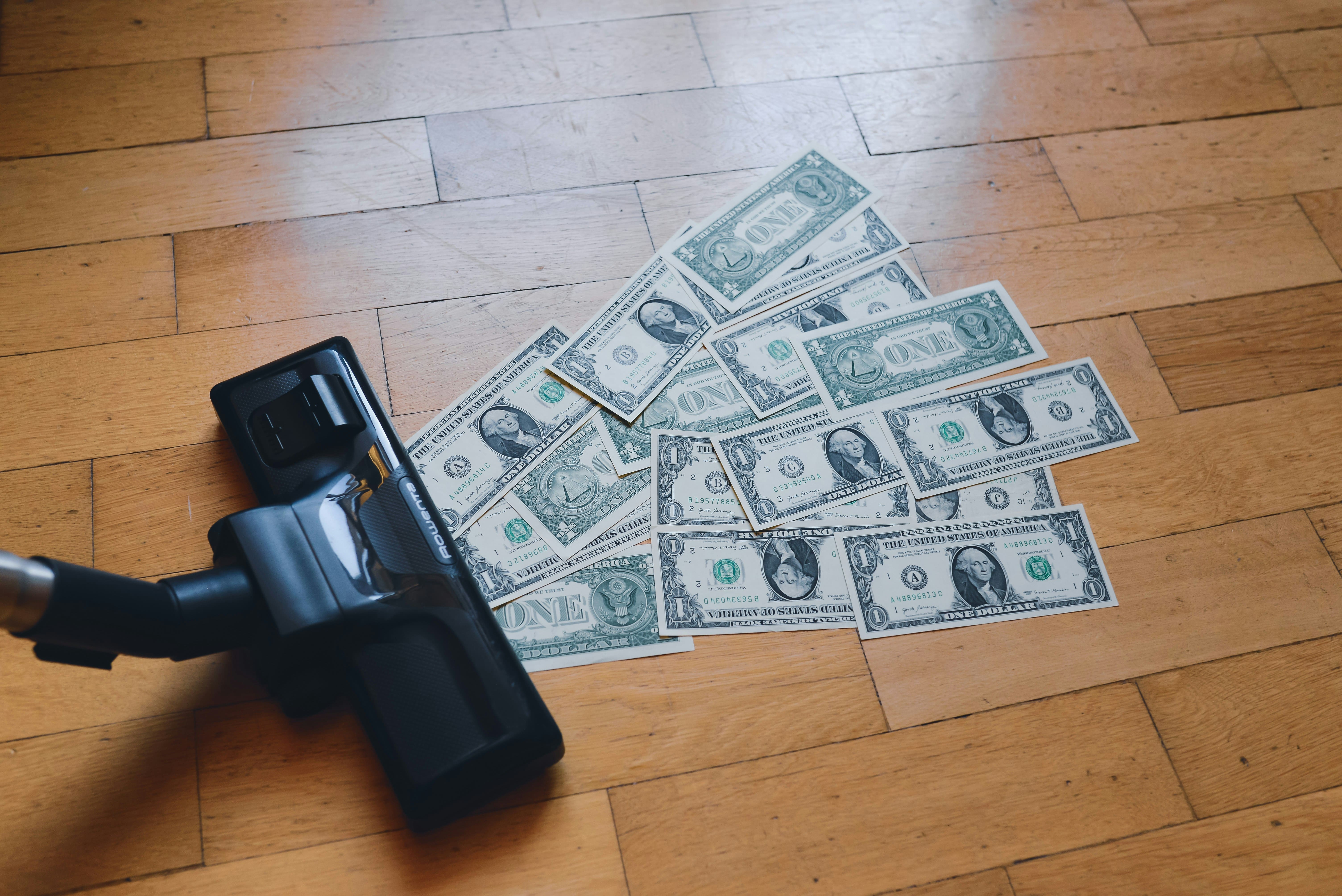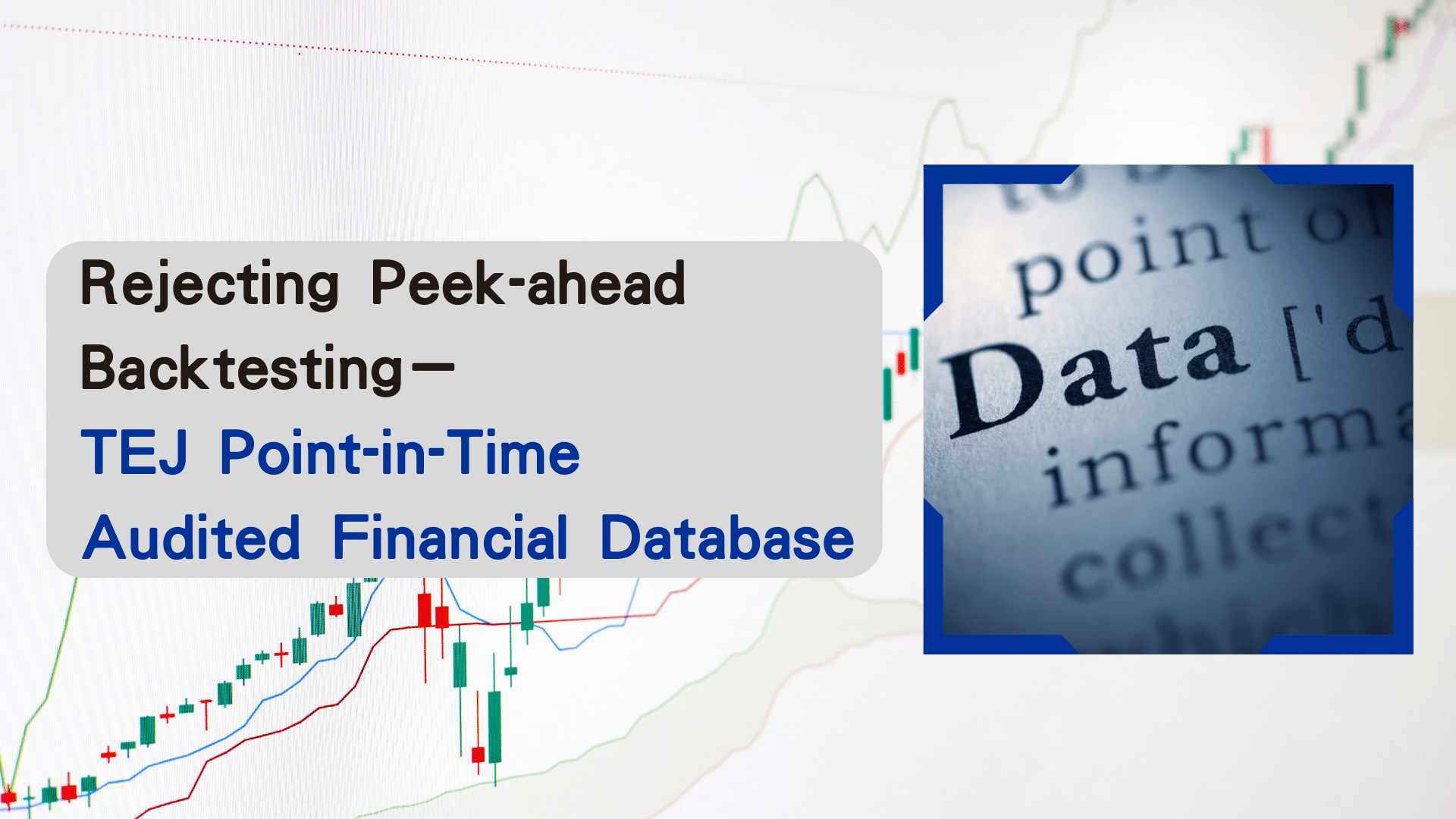Insights
Provide the latest financial news to help you easily stay informed.
Popular viewpoints
Focus on recent hot topics to keep you at the forefront of knowledge.
-
 08/202025
08/202025Why Consider Investing in Emerging Markets: Pros and Cons
Should you invest in emerging markets? Our emerging market investment guide covers the benefits, risks, and strategies to empower you with data-based decisions. -
 08/202025
08/202025What are Alpha Signals & How are They Used in Trading?
Alpha signals are metrics that show portfolio outperformance potential. Learn how they're generated and applied in trading, and the challenges of using them. -
 08/202025
08/202025What is Factor Investing: Guide to Factor-Based Strategies
Factor investing targets quantifiable characteristics to improve returns. Explores common factors (macroeconomic and style types) and strategies in our guide.
Here, you can explore various analytical approaches, tools, and best practices for interpreting complex data sets and deriving actionable insights. Whether you're interested in statistical analysis, data visualization, or predictive modeling, our insights are designed to help you enhance your analytical skills and make informed decisions based on comprehensive data analysis.
-
 12/082025
12/082025Factor Research – The SIR Short-Selling Factor: Extracting Negative Signals from Institutional Borrowing Activity – SIR Part 1
Taiwan’s short-selling signals are often misleading because the market operates under a dual-track system: retail investors short stocks through margin accounts, while institutional investors use securities borrowing and lending (SBL). Only SBL-based short selling reflects informed institutional sentiment, while margin shorting introduces noise. This study isolates SBL to construct the Short Interest Ratio (SIR) and evaluates its ability to predict cross-sectional returns and reveal size-dependent patterns in informed short-selling behavior. -
 12/082025
12/082025Factor Strategy – Applying SIR to Strengthen Momentum Strategies in the Taiwan Market – SIR Part 2
This study examines whether incorporating the Short Interest Ratio (SIR) can improve the performance of a 52-week high momentum strategy in Taiwan. By comparing a baseline momentum model with two SIR-enhanced versions—one using SIR as a filter and another integrating it into a composite score—we find consistent gains in returns, lower volatility, and reduced drawdowns. The results show that SIR strengthens momentum strategies by identifying stocks under institutional short-selling pressure. -
 11/142025
11/142025TCRI Watchdog Part2:How Different Types of Corporate Events Shape Market Reactions
TCRI Watchdog classifies all events into 5 major categories: Accounting, Industry Prospects, Management & Governance, Market Transactions, and Crisis Events. We analyze how each category affects stock prices, compare their reaction magnitudes and persistence, and highlight which types of information serve as the most important early-warning signals for investors.
-

Factor Strategy – Applying SIR to Strengthen Momentum Strategies in the Taiwan Market – SIR Part 2
2025/12/08This study examines whether incorporating the Short Interest Ratio (SIR) can improve the performance of a 52-week high momentum strategy in Taiwan. By comparing a baseline momentum model with two SIR-enhanced versions—one using SIR as a filter and another integrating it into a composite score—we find consistent gains in returns, lower volatility, and reduced drawdowns. The results show that SIR strengthens momentum strategies by identifying stocks under institutional short-selling pressure. -

Factor Research – The SIR Short-Selling Factor: Extracting Negative Signals from Institutional Borrowing Activity – SIR Part 1
2025/12/08Taiwan’s short-selling signals are often misleading because the market operates under a dual-track system: retail investors short stocks through margin accounts, while institutional investors use securities borrowing and lending (SBL). Only SBL-based short selling reflects informed institutional sentiment, while margin shorting introduces noise. This study isolates SBL to construct the Short Interest Ratio (SIR) and evaluates its ability to predict cross-sectional returns and reveal size-dependent patterns in informed short-selling behavior. -

Three Major Institutional Investors' Position-Based Trading Strategy for TAIEX Futures
2025/12/04This strategy is based on tracking the flow of so-called "smart money" in the market, referring to the positions of the three major institutional investors in Taiwan: foreign investors, investment trusts, and proprietary traders. The strategy assumes that when these three institutions hold a strong and consistent view of the market direction, following their lead has a higher probability of success. -

An Empirical Study on the Market-Maker and Retail Investor Performance in ETF Premium–Discount Arbitrage
2025/11/21Market makers, equipped with high-frequency trading capabilities, low-cost structures, and real-time creation/redemption privileges, are the primary participants in ETF premium–discount arbitrage. In contrast, retail investors face multiple constraints—information delays, transaction fees, and taxes—which make it difficult for them to enter the market promptly or profit effectively, even when an arbitrage opportunity is detected. Using the Yuanta Taiwan 50 ETF (0050) as an example, this study simulates the actual execution of premium–discount arbitrage by these two market participants based on historical data. By comparing performance under varying entry/exit thresholds and cost structures—and evaluating metrics such as win rate, return distribution, and drawdown risk—we aim to clarify an essential question:In this seemingly “risk-free arbitrage,” who truly captures the opportunity and earns consistent profits? -

TCRI Watchdog Part2:How Different Types of Corporate Events Shape Market Reactions
2025/11/14TCRI Watchdog classifies all events into 5 major categories: Accounting, Industry Prospects, Management & Governance, Market Transactions, and Crisis Events. We analyze how each category affects stock prices, compare their reaction magnitudes and persistence, and highlight which types of information serve as the most important early-warning signals for investors. -

TCRI Watchdog Part 1: How Major Announcements Drive Stock Price Volatility
2025/11/13Discover how TCRI Watchdog quantifies material announcements and reveals the asymmetric market impact of event intensity. Learn why negative events drive deeper, longer price reactions and how investors can use event-based signals to enhance risk monitoring and strategy design. We find that higher-ranked portfolios deliver significant short-term excess returns, while predictive power weakens over longer horizons. The results highlight the practical value of Point-in-Time financial data for quantitative factor investing and underscore its role in building replicable, data-driven investment strategies. -

Impulse MACD Futures Trading Strategy
2025/11/06LazyBear is a highly influential indicator developer on the internationally renowned trading platform, TradingView. He has created a large number of popular custom technical indicators, and his open-source code has inspired countless quantitative traders and technical analysis enthusiasts around the world. LazyBear's indicators often focus on reducing the lag of traditional indicators and incorporate unique market observations to better capture trends and momentum. One of his representative works, the "Impulse MACD," is adopted here. This indicator is not a traditional Moving Average Convergence Divergence (MACD), but rather a significantly improved version. It uses a zero-lag Double Exponential Moving Average (DEMA) to respond more quickly to price changes and combines a smoothed high-low price channel (SMMA) to determine market "impulse." The core idea is that trading signals are more valuable only when price momentum aligns with the trend direction. This helps to filter out some of the noise typically found in ranging markets. -

Golden Cross Futures Trading Strategy(MTX)
2025/10/23The concept of the Moving Average (MA) originates from the Dow Theory developed in the early 20th century. Dow Theory emphasizes that markets exhibit trends, and such trends can be observed through price movements themselves. From the Simple Moving Average (SMA) and Exponential Moving Average (EMA) to more sophisticated variants such as the Double Exponential Moving Average (DEMA) and Hull Moving Average (HMA), all these improvements aim to address the inherent lag problem of traditional moving averages, allowing them to reflect price trends more quickly or more smoothly. -

Panic or Opportunity? Spotting Market Turning Points Through Margin Maintenance Ratios
2025/10/16The Maintenance Margin Ratio (MMR) is an important indicator used in financial markets to assess the risk conditions of margin accounts and to determine whether investors are approaching the threshold for a broker’s margin call. The purpose is to reduce the risk of investors being unable to repay their loans during periods of high market volatility. It is worth noting that the MMR provided by TEJ is calculated based on all margin accounts for each stock, reflecting the overall average risk exposure of the market. -

Discovering Investment Factors through Point-in-Time Audited Financial Database
2025/10/07This study employs TEJ’s Point-in-Time Audited Financial Database to construct a composite factor for stock selection in Taiwan’s equity market. By preserving financial data exactly as available at each historical moment, the framework avoids look-ahead bias and ensures empirical reliability. We find that higher-ranked portfolios deliver significant short-term excess returns, while predictive power weakens over longer horizons. The results highlight the practical value of Point-in-Time financial data for quantitative factor investing and underscore its role in building replicable, data-driven investment strategies.



